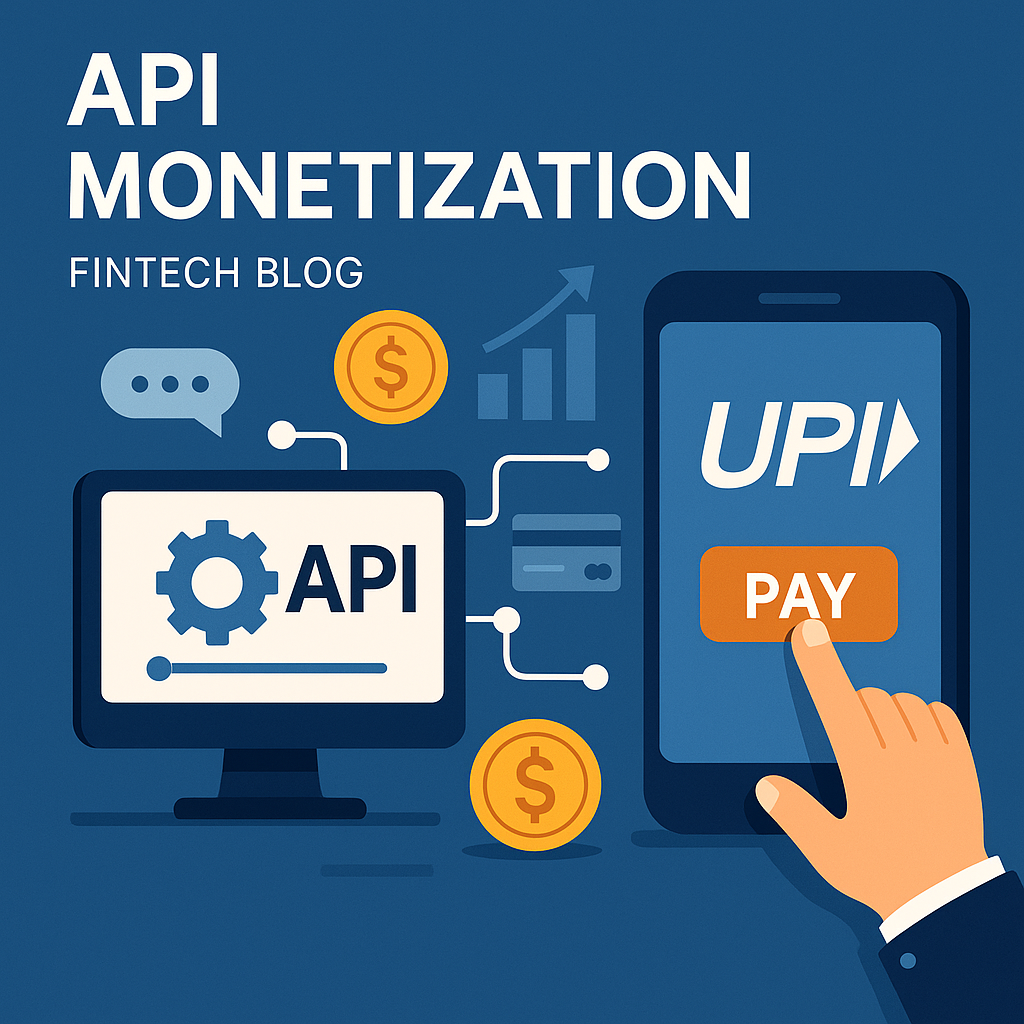When we think about building a digital product, we often imagine apps, dashboards, and user interfaces. But increasingly, the most powerful digital products don’t have a front-end at all.
They’re invisible. They’re code.
They’re APIs and they’re quietly powering billion-dollar businesses.
What started as a technical tool to connect services has evolved into a strategic revenue channel. Whether you’re a startup, a platform, or a solo developer, monetizing an API isn’t just possible it’s a smart way to turn infrastructure into income.
But how does it actually work? And what separates a hobby API from a sustainable business?
Where Does the Money Come From?
At its core, API monetization is about charging for access to a capability. That capability might be data, processing power, insights, or even identity.
Instead of shipping a product to an end user, you expose a piece of functionality and let others build on top of it. Your customers are often developers, product teams, or businesses that integrate your API into their own products.
This creates two major benefits:
- You scale without handling user interfaces or workflows.
- You get paid based on usage, not just one-time licenses.
APIs become your delivery vehicle. Your product is the function. Your pricing is the business model.
Not Every API is the Same and Neither is the Pricing
There’s no single rulebook for how APIs are priced, but most successful models follow a few familiar shapes.
Per-call or usage-based pricing is the simplest. Customers pay for what they consume whether it’s API calls, compute cycles, or data rows.
Some companies prefer tiered subscriptions, especially for APIs that require upfront integration work. This model offers predictability and rewards customers who commit to higher volumes.
Others go for freemium, offering a generous free tier to attract adoption and charging only once the API becomes embedded in workflows.
More experimental models include:
- Revenue sharing (take a % of revenue earned using your API)
- Dynamic pricing (change rates based on traffic, latency, or value delivered)
- Hybrid models (mix fixed fees + usage scaling)
Why It Works (And Why It’s Growing)
So why are APIs becoming such attractive monetization engines?
Because they:
- Scale efficiently: You build once; usage can grow infinitely.
- Lock into workflows: Once integrated, APIs are hard to replace.
- Align with product-led growth: Freemium access lets developers test before they commit.
- Offer predictable costs for buyers: Especially in usage-based models.
Starting From Scratch? Here’s the Playbook
Let’s say you’ve built something useful. Maybe it’s a fraud detection engine. A time zone matching tool. Or a sentiment analysis script.
You’re thinking about offering it as an API. How do you turn it into a business?
1. Start by capturing usage data
Before you think pricing, think patterns. Who’s using your API today (even if it’s internal)? How often? For what?
2. Analyze the value it delivers
Ask yourself:
- Does this API create direct business value?
- Is it a vitamin or a painkiller?
- What would users do if this API didn’t exist?
3. Know your users’ willingness to pay
Run surveys. Offer a paid tier and track drop-off. Match your pricing to the risk, scale, and urgency your API solves.
One Size Won’t Fit All (And That’s Okay)
Make pricing clear, flexible, and outcome-aligned. And always leave room to learn.
Don’t Forget the Boring (But Crucial) Stuff
- Authentication and metering
- Rate limiting and quotas
- Billing infrastructure
- Terms of service
- Compliance (e.g., GDPR, CCPA)
When to Monetize, And When Not To
Monetization only makes sense when:
- Your API has standalone value
- It replaces manual or expensive alternatives
- You can differentiate on performance, data, or access
Closing Thought: APIs Are Infrastructure That Pays
I used to see APIs as technical glue — silent middlemen in the stack.
Now, I see them as businesses in their own right.
They don’t shout. They don’t go viral. But they grow. Quietly. Predictably. Logically.
And in a world where builders want modular, composable tools — APIs are the new storefronts.
If you’ve built something powerful, maybe it’s time to wrap it in a few endpoints — and see if the world is ready to pay.

Leave a Reply